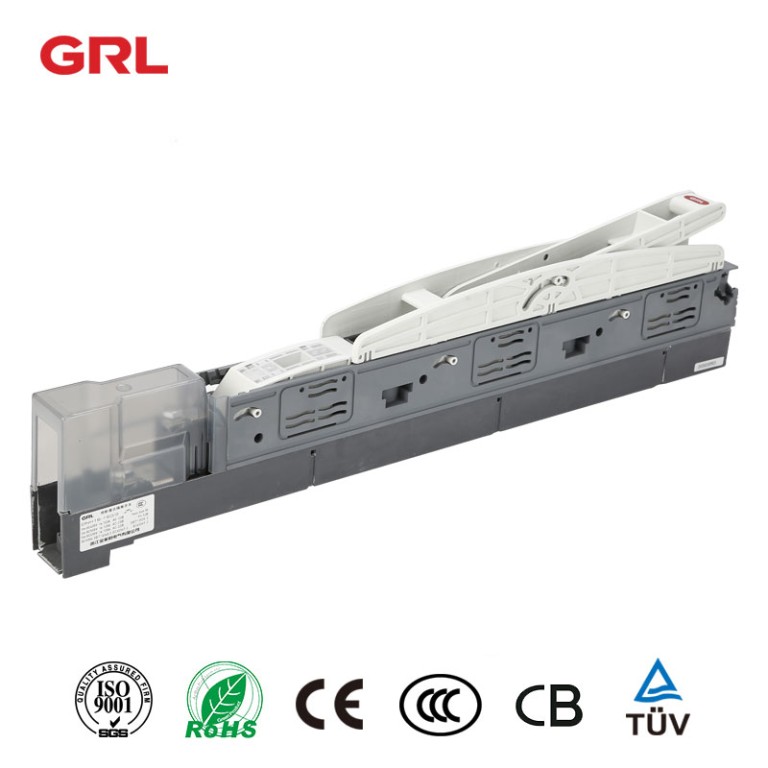Vertical Disconnectors in Power Distribution Systems

,字数在1000字左右
html
Vertical Disconnectors in Power Distribution Systems
Vertical disconnectors play a crucial role in modern power distribution systems, providing a reliable means of isolating sections of the grid for maintenance, repairs, or emergency situations. These specialized devices are designed to interrupt electrical currents safely while maintaining system integrity. In this article, we’ll explore the function, design, and applications of vertical disconnectors in electrical networks.
Understanding Vertical Disconnectors
Vertical disconnectors, also known as vertical break disconnectors, are mechanical switching devices used to create a visible break in an electrical circuit. Unlike horizontal disconnectors, these devices operate in a vertical plane, with moving contacts that separate upward or downward to establish isolation. The vertical orientation offers several advantages in certain installation scenarios, particularly where space constraints exist or where specific clearance requirements must be met.
The primary purpose of these devices is to provide a safe isolation point that can be visually verified by maintenance personnel. They are not designed to interrupt load currents or fault currents – that function is reserved for circuit breakers. Instead, vertical disconnectors serve as a secondary safety measure, ensuring that de-energized sections of the system remain isolated during work.
Key Components and Design Features
Modern vertical disconnectors consist of several critical components:
- Fixed contacts mounted on insulating supports
- Moving blade contacts that pivot vertically
- Operating mechanism (manual or motorized)
- Base frame and supporting insulators
- Arc quenching devices (in some designs)
The design of vertical disconnectors emphasizes reliability and durability. Many models feature self-cleaning contacts that maintain good conductivity even after years of operation. The vertical motion helps prevent the accumulation of debris on contact surfaces, while the mechanical design ensures positive contact pressure when closed.
Advantages of Vertical Disconnectors
Vertical disconnectors offer several benefits in power distribution applications:
Space Efficiency
The vertical orientation requires less horizontal space than comparable horizontal disconnectors, making them ideal for compact substations or locations with limited real estate.
Improved Safety
The visible air gap created by the vertical separation provides clear visual confirmation of the isolation status, enhancing worker safety during maintenance operations.
Environmental Resistance
Vertical operation tends to shed snow, ice, and debris more effectively than horizontal designs, improving reliability in harsh weather conditions.
Ease of Maintenance
The vertical configuration often provides better access to components for inspection and maintenance compared to horizontal designs.
Applications in Power Distribution
Vertical disconnectors find widespread use in various power system applications:
Transmission Substations: Used as bus isolators or line disconnectors in high-voltage transmission networks, typically rated for 72.5 kV and above.
Distribution Networks: Employed in medium-voltage distribution systems (typically 11 kV to 36 kV) for feeder isolation and sectioning.
Generator Connections: Installed between generators and step-up transformers to provide isolation points for maintenance.
Industrial Plants: Used in large industrial facilities to isolate different sections of the power distribution system.
Installation Considerations
Proper installation of vertical disconnectors is critical for reliable operation:
- Adequate clearance must be maintained between phases and
Keyword: Vertical disconnectors